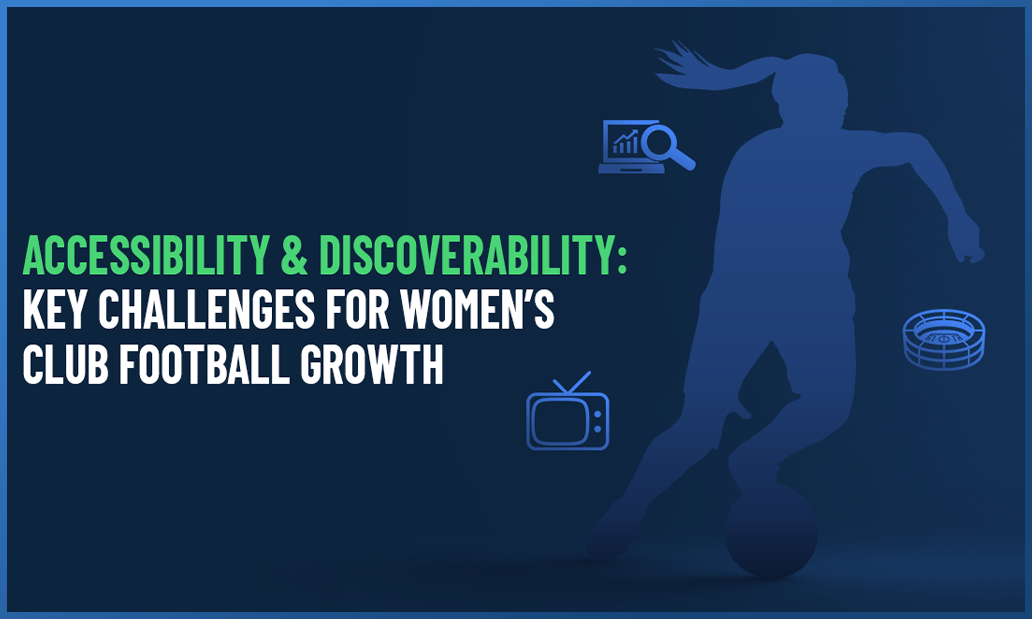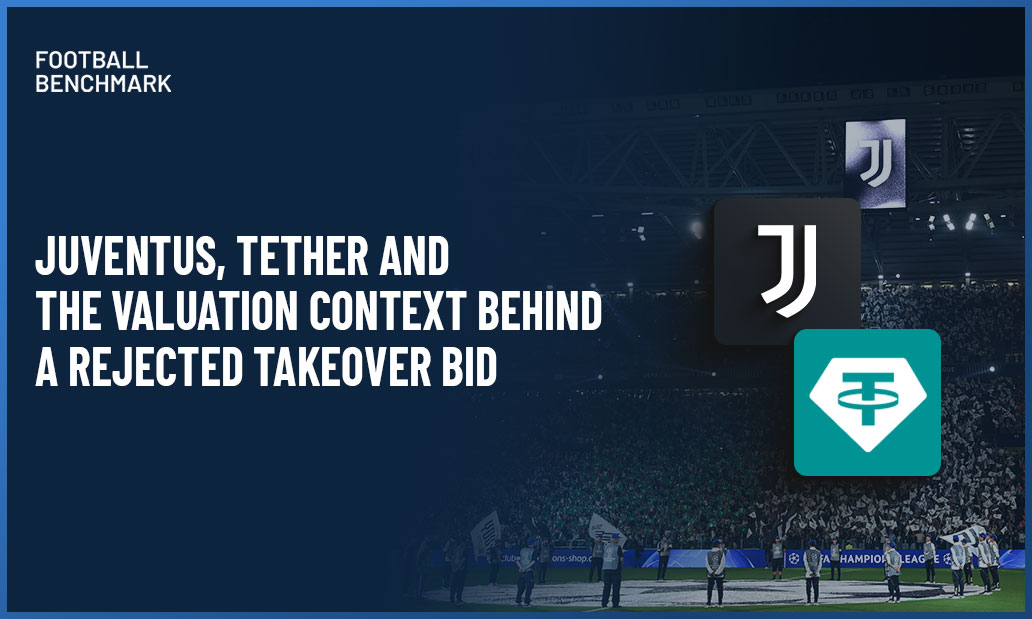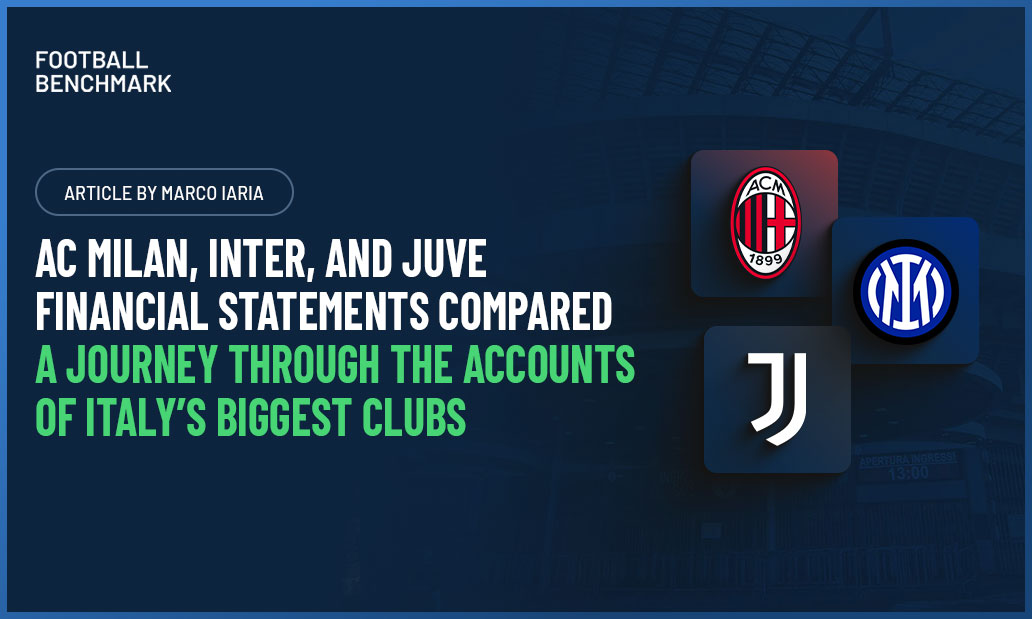
Breaking into the mainstream remains a significant obstacle for women’s club football across major European markets.
The growth of women’s football has been remarkable in recent years, largely fuelled by the popularity of national team competitions. These events bring together top talent and leverage high-quality infrastructure, while relying on strong national identity and free-to-air coverage to attract audiences.
In contrast, many domestic leagues struggle to reach their potential due to limited visibility and accessibility. A closer look at the “Big Five” European markets reveals challenges linked to venue infrastructure and media strategies.
Key insights:
- Women’s football growth is hindered by the reliance on smaller, less accessible venues, limiting fan engagement and attendance potential.
- Balancing short-term revenue with long-term reach remains a challenge for women’s leagues heavily dependent on pay-tv platforms for media distribution.
- Upcoming media deal expirations between 2027 and 2030 offer a critical opportunity to redefine distribution models for sustainable growth.
Venue Locations: An Untapped Opportunity
The quality and accessibility of match venues remain fundamental barriers to cultivating a loyal fanbase.
A few clubs, such as Arsenal, Leicester City, and Aston Villa, regularly use their primary stadiums for women’s matches. However, many others shy away from this approach, citing the high costs of operating large venues compared to limited short-term ticketing revenues. Some clubs do utilize their main stadiums for high-profile fixtures like derbies or UEFA Women’s Champions League (UWCL) games. However, securing suitable alternatives for regular-season matches has proven difficult.
In markets like France and England, professional rugby stadiums or lower-division football venues occasionally provide viable options in terms of capacity and quality. Examples include Liverpool FC’s use of St Helens Stadium (18,000 seats) and Manchester United FC’s Leigh Sports Village (12,000 seats), though both are located relatively far from their home cities.
By contrast, Italy and Spain often lack comparable alternatives. Juventus FC exemplifies this issue, having recently moved their women’s team matches to Biella, 80 kilometers from Turin. Similarly, most Liga F teams host matches at training facilities with varying capacities and quality. For instance, Sevilla FC’s Jesús Navas Stadium seats 8,000 fans, while the stadium at RCD Espanyol’s Dani Jarque complex accommodates only 1,500. These venues, often in suburban areas with limited transport options and amenities, hinder fan attendance.
The aspiration to see women’s teams recurrently play at their clubs’ main stadiums face a dilemma: stadiums’ operational costs often outweigh the expected short-term ticketing revenue, while teams’ limited success in driving attendances to smaller and unsuitable venues is often pointed at as the reason to maintain the status quo. Clubs such as Olympique Lyonnais and Brighton & Hove Albion Football Club have confirmed plans to build purpose-built venues for their women’s football teams, a strong commitment to break this loop.
Media Accessibility: Balancing Reach and Revenue
Women’s club football’s ability to reach new media audiences represents another significant challenge. Historically, successful football properties have grown through decades of nationwide free-to-air coverage, from live matches to extensive reporting and non-live content.
Women’s football, however, must navigate a crowded digital landscape. Many top European leagues rely heavily on pay-tv platforms, which support short-term financial needs but do not always maximise reach and therefore product discoverability.
In Spain, Italy, and Germany, DAZN plays a pivotal role, offering subscription-based access alongside select free-to-air matches. All three leagues combine the distribution of most of their matches via DAZN’s subscription-based platform alongside select free-to-air matches on linear broadcast. For example, Spain’s Gol Play and Italy’s RAI broadcast one game per matchday, while Germany features 32 matches per season on Sport1 and public networks ZDF and ARD.
Product accessibility is further improved, in these cases, by DAZN decision to integrate many women’s club football matches into its free-to-air programming, as part of the network’s broader strategy to attract subscribers. Yet, beyond making games available on-demand, further investment, from all players involved, in marketing, content creation, and improved distribution seems still necessary to drive exponential audience growth.
France’s newly rebranded Première Ligue highlights these difficulties. Despite a longstanding partnership with Canal+, only two matches per week air on pay-tv, with others relegated, without a strong promotion strategy, to online platforms like YouTube, Dailymotion or the French FA’s own OTT service.
The English Women’s Super League (WSL) recent media deal (Sky/BBC, 2025-2030) has especially acknowledged this challenge. WSL strongly relies on English football’s historical partner Sky, committed to increase their spend in marketing, content and production. WSL have also secured important carve-outs to, as WSL CEO Nikki Doucet explains, ensure “excellent visibility coupled with first-class production values.” In addition to linear free-to-air broadcasting (BBC) of 21 matches annually, the agreement will allow players to share in-game and post-game content on social media, accelerating reach and engagement.
Shaping the Future of Women’s Football
Women’s club football stands at a pivotal moment. With many media deals set to expire between 2027 and 2030, and infrastructure improvements requiring significant time, now is the moment for clubs and competition organizers to develop strategies that will define the next phase of growth. Addressing venue quality and media accessibility issues, alongside competition format and match calendar issues, will play a vital role in defining the future of women’s club football.
Football-specific know-how trusted by industry leaders
Our team combines decades of top-tier consulting experience with operational know-how in the global football industry.




